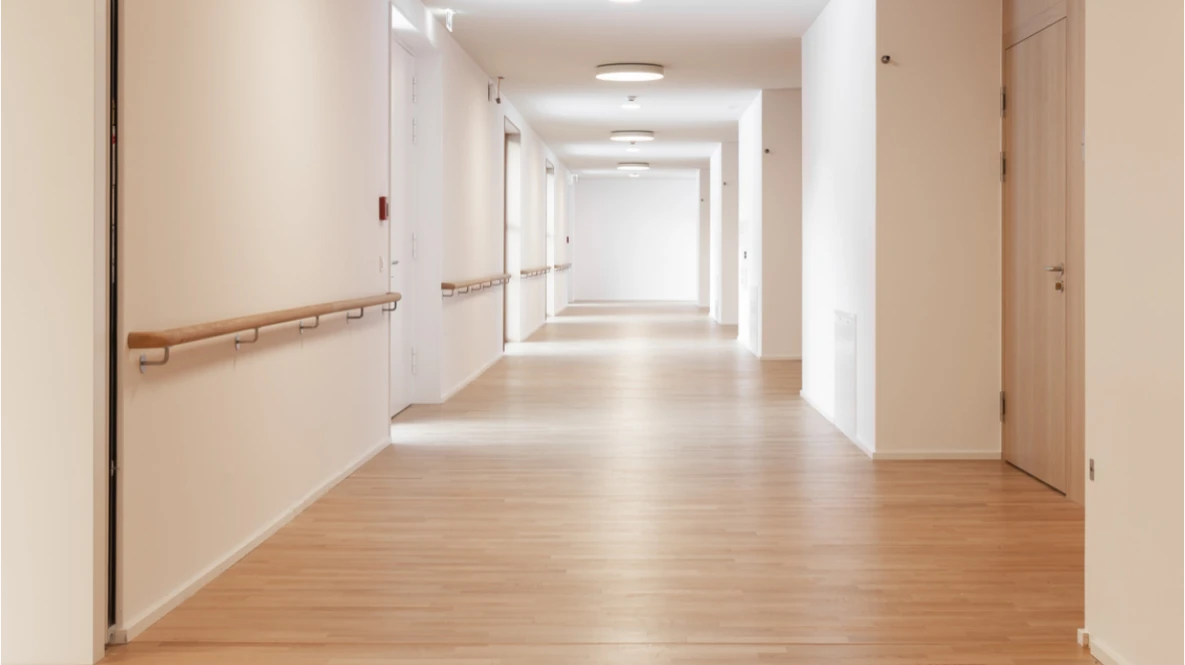Slips and falls are one of the most common causes of injury among elderly people, particularly in nursing homes where residents may have difficulty with mobility. It is important for nursing homes to take the necessary steps to prevent their residents from harm by implementing effective strategies to reduce the risk of slips and falls. Below are a few measures that can aid in preventing elderly injury.
Keep Floors Clean And Dry
It is important to keep floors clean and dry to reduce the risk of slips and falls in nursing homes. Floors should be mopped regularly with an appropriate cleaner to remove dirt, dust, and other contaminants. Spills should be quickly and completely wiped up with a damp mop to prevent slipping on slick surfaces. Uneven surfaces, like rugs or mats, should be secured with non-slip backing to prevent tripping.
Regular inspections of the floors should be done to make sure that there are no loose or missing tiles, cracks, or other damage that can cause someone to trip. If any damage is found, it should be promptly repaired. All floors should be kept free of clutter to reduce the potential for trips and falls.
In wet areas such as bathrooms or kitchens, slip-resistant mats should be in place to help reduce the risk of slipping on wet surfaces. All floors should be kept dry and free of water or other liquids. Non-slip cleaning products should be used to ensure that floors remain safe even when wet.
It is important to keep stairways in good repair and free of any obstacles to prevent falls. Stairways should be well-lit and have handrails on both sides. Stair treads should be large enough to provide secure footing and have non-slip surfaces. All stairs should be inspected regularly for any damage or wear.
Making Frequent Repairs And Replacements
Repairing and replacing broken steps or ramps can greatly reduce the chances of elderly injury. Damaged steps or ramps can be dangerous for those with limited mobility and can cause serious falls and injuries. Steps and ramps should be properly maintained and repaired to ensure a safe environment for the elderly. Look for any cracks, broken pieces, uneven surfaces, or loose screws that could cause someone to trip or slip. If any damage is found, it should be promptly repaired. It is also important to check for any missing handrails or improper lighting that could increase the risk of falls.
Ramps should also be inspected for any loose boards or other damage that may cause someone to trip. If any damage is found, it should be promptly repaired or replaced. It is also important to check that the ramp surface is level and provides enough traction to walk on safely. Ramps should also have handrails on both sides and be well-lit. Proper lighting should be provided to reduce the risk of tripping in dim stairwells or hallways. Non-slip mats and stair treads should also be installed to provide a secure footing. Any furniture or other obstacles should be removed from hallways or stairwells to reduce the risk of tripping.
Install Handrails, Grab Bars, And Other Mobility Assistants
Handrails can be installed along stairways, hallways, and other areas to provide support and stability when walking. They should be installed at a height that is comfortable for the user and securely attached to the walls. Handrails should also have a non-slip surface to reduce the risk of slipping.
Grab bars are another type of mobility aid that can be installed in bathrooms, near stairways, and other areas. They provide extra support and stability for getting in and out of the shower or bath, and navigating stairs. Grab bars should be securely attached to the walls and have a non-slip surface for secure gripping. Stair lifts provide a safe and secure way to navigate stairs without the risk of falling. Stair lifts should be installed by a professional and regularly inspected to ensure they are in good working order.
Wheelchairs and walkers can be used to help those with limited mobility get around safely. Wheelchairs and walkers should be the appropriate size and provide enough support for the user. They should also be regularly checked for any damage or wear that could cause someone to fall.
In The Event Of Slips And Falls
When a resident falls in a nursing home, it is important to act quickly and take the appropriate steps to ensure their safety. The first step is to assess the situation and determine if any medical attention is needed. If the resident appears to be injured, it is important to call for medical assistance immediately. If the resident is not injured, it is important to confirm that they are safe and stable before moving them.
It is also important to determine what caused the fall. Nursing home abuse and neglect can contribute to slips and falls. If a resident is not receiving the proper care or attention, it can increase their risk of falling. If a family notices any signs of neglect or abuse, they should take immediate legal action.
When a resident has fallen, it is important to document the incident and report it to the proper authorities. It is also important to determine if any safety measures or changes need to be implemented in order to prevent future falls. Nursing homes should have protocols in place to ensure the safety of their residents, and these protocols should be reviewed regularly. Families should also be informed of any changes or safety measures that have been implemented in order to ensure their loved one’s safety.
Nursing home safety is important for both the residents and their loved ones. By taking the appropriate steps to prevent falls, everyone can feel safer in the nursing home.

